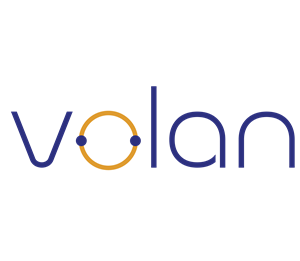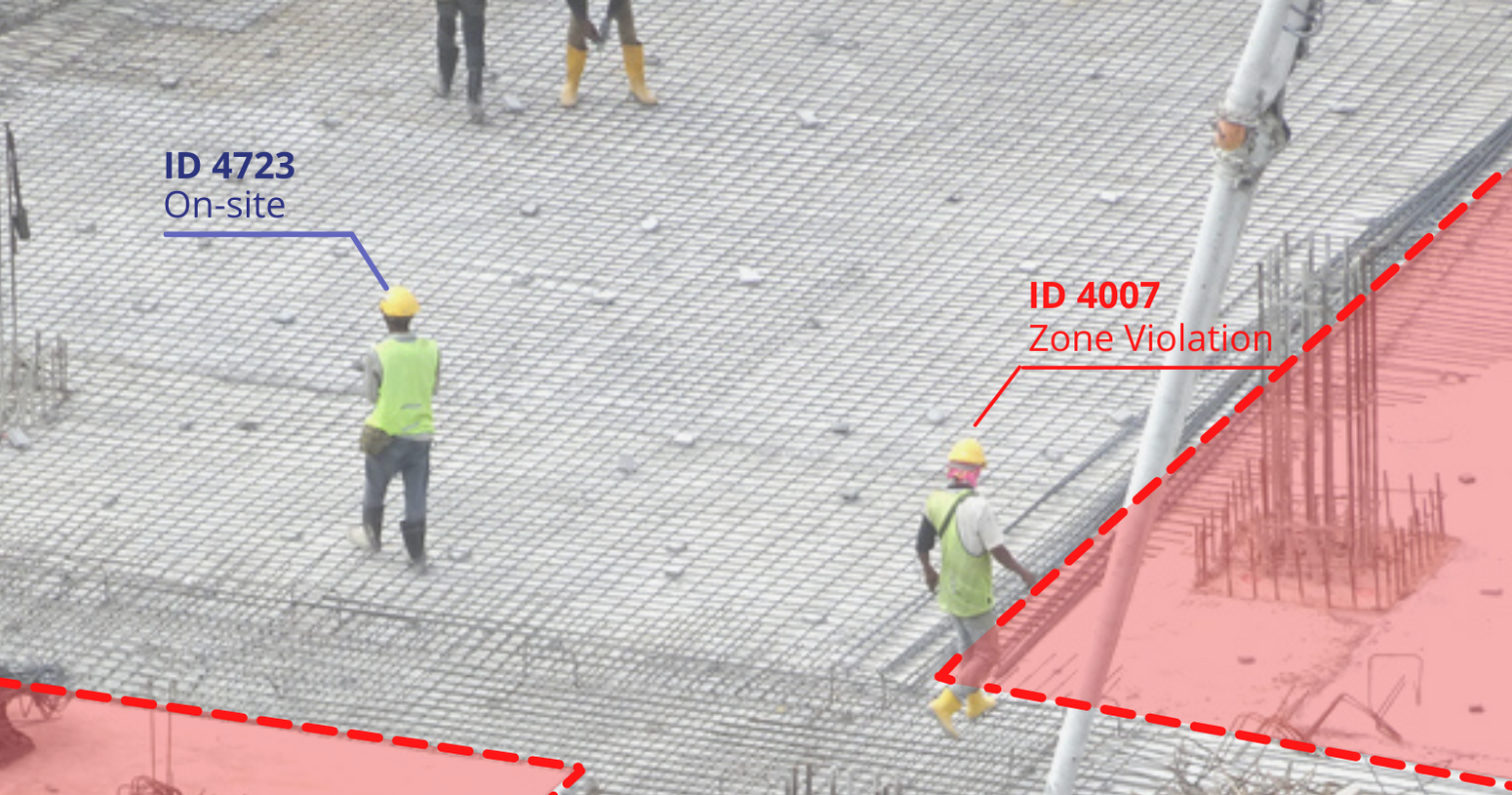What is Geofencing?
What is geofencing? How does geofencing work? Which software is best? Get all the answers here.
Geofencing is a system of virtual boundaries.
Using GPS, radio frequency identification, Wi-Fi, and other data mechanisms, a geographical location carries a “geofence” that shows the specific location, and mobility patterns of people and their devices. Geofencing software provides real-time coordinates within the virtual fence perimeter. If the device goes beyond that perimeter, alerts—through a push notification or text message—will be sent to the user. These “triggers” are responses that can be essential to business facilities—whether that means a customer is entering a store or an employee is leaving the manufacturing site. Location-based marketing is a common application for geofencing software in retail stores and other numerous industry verticals.
Very simply, geofencing offers real-time data on where people and products are located within a designated boundary. This data can provide critical insights into business operations.
On-site, geofencing technology is essential, as the implications for personnel and their technologies breaching boundaries can be dangerous or a liability. In this way, geofencing software is a great method for keeping track of people and company tools in secure areas. This tool also pairs with other management and productivity techniques and technology, creating better opportunities for workforce optimization.
How does geofencing work?
Those using geofencing first administer their specified boundary and then use GPS or RFID -enabled software. The virtual boundary must be synced with devices held by personnel or embedded into company property, similar to how geolocation is enabled while using certain apps.
For geofencing software to work, you must know where devices are. So here are the basic steps of setting up a geofence:
- Set up the boundaries.
GPS or RFID tag-based software has to know the outer limits of each zone you want to delimit. Geofenced boundaries can be as complex or as simple as you make them. Commercial properties can have myriad “zones,” meaning that there can be more than one set of boundaries. There can be many reasons for this that depend on security, staffing, or other needs for separating who has access to certain facility areas. - Choose actions or “triggers” for your designated zones.
Usually, the trigger will be a notification that someone has breached a designated area. When it comes to assets that aren’t supposed to leave a facility, geofencing can be linked to mechanisms that shut down the machine or technology when it leaves a specific zone. These triggers can be sent through push notifications on devices or mobile alerts depending on a company’s needs. - Know who or what is “authorized.”
Authorization here can be pretty nuanced. Importantly, when you set up your geofenced perimeters, a facility can have more than one set of boundaries, meaning that there could be multiple levels of authorization. Some employees have access to certain facility areas, while others do not, and vice versa. Furthermore, some technology also allows companies to set up a system where employees must digitally request access to an area before entering. Being able to accept or decline location access creates another layer of security and accountability. Employees aren’t the only ones who can be subject to geofenced boundaries—products are on the line, too. If programmed right, notifications can let you know if products leave a specified zone. Employee and asset management is made seamless and easy with geofencing capabilities.
Geofencing use cases are seemingly endless, and the software packages can also take on many forms. Some track animals using drone technology and spatial data to know when members of a herd breach boundaries. In the hospitality industry, hoteliers will enable geofencing to send mobile push notifications and ads to those who walk within a virtual boundary.
What are geofencing use cases?
If you’re a manufacturer, you still have products in the marketplace. Geofencing can take on a few use cases, implicating not only the day-to-day operations at the warehouse but customer interactions, too.
Human resources
Knowing when people are on site is crucial for your business, and it’s also important to know where people move throughout facilities. Geofencing is a human resources tool that can be leveraged alongside workforce productivity to develop a clear picture of how your business functions daily. Ultimately, human resources fall under the umbrella of workplace operations—and implementing geofencing technologies help companies keep up with best practices.
Security protocols
Geofencing can be specific to areas on-site—such as places with higher sensitivity. Push notifications provide the timestamp and location data to know precisely when breaches happen. Some facilities deal in sensitive materials or have layered facilities where different personnel have access to some places but don’t have access to others. Geofencing software is an additional layer of security that cuts through the complexity of how a facility functions.
Company equipment monitoring
Manufacturers have to keep track of their equipment and products. Equipment can be stationary or mobile—but either way, geofencing can ensure it doesn’t leave your property. Geofencing can also ensure company equipment doesn’t leave the “zone” of where it’s supposed to be. We’re also in an era where businesses optimize every dollar spent, and shrinkage can be a significant barrier. Whether you have a fleet of vehicles or large-scale appliances, geofencing keeps products from leaving when they shouldn’t.
Streamlining delivery and shipment
Geofencing can give you the edge in personnel management during delivery or shipment. When deliveries come into your site, “last-mile” delivery systems can notify you when the shipment is near. The extra time saved to allocate personnel to the right places to prepare for delivery can be a gamechanger.
Social networking
Location-based stories are the new normal of advertising. Everyone recognizes the big-name commercials, but many don’t have the budget to advertise on primetime television. And even if your business can afford those timeslots, geofenced social networking is an excellent tool at your disposal to market to specific customer bases. Using location-enabled social media, geofencing delivers content to people within a particular geography. No matter what product or service you sell, this is a great way to get tailored messages into the devices of your customer base.
Which software is best for your business
Geofencing is a differentiator, but it’s still up and coming in the marketplace. Many of the products that you see today target tech-savvy or IT professionals familiar with integrating new technologies into security protocols or workforce optimization processes. While open-source products have one share of the market, they may leave some of us scratching our heads.
No matter which geofencing software package you choose, the interface should be mostly the same. You’ll have a dashboard including the sites you need to manage, alongside a map overlaid with the indicators of what you want to track. This may sound simple, but there are many nuances to products in the market today that are suitable for businesses depending on
• the complexity of your organization,
• required security,
• and the number of facilities (and their boundaries) you’d like to manage.
Some products also give you extra security and privacy. Businesses are not only worried about manufacturing equipment leaving their site but technologies that may carry intellectual property. Using geofencing, some organizations may add needed levels of security to manage their devices.
You may be a tech-savvy professional or you may be a business owner who needs additional levels of security. Depending on your needs, some packages are out-of-the-box, giving you everything you need to plug in and go. Others provide the tools for customization, equipped with software development kits (SDKs) or application programming interfaces (APIs) to tailor geofencing to the specifics of your business needs. Customization can give you greater flexibility in tracking users, segments, and multiple locations.
Consider this situation: you need a dashboard that gives you the ability to track different populations, or subsets of users, in multiple facility locations. Each manager must have access to their specific facility and workers but the data must be accessible in a centralized place. Accurate geofencing will give the manager a birds eye view of each facility and allow them to select and filter for the data they need.
When considering which geofencing technology is right for your business walk through your day-to-day operations at each level of the organization.
- What specific tasks are employees performing each day?
- Are there inconsistencies or errors happening?
- Do you need to increase the level of security in certain areas?
- Is equipment or technology going missing?
- Do you feel that another layer of accountability is necessary?
The answer to these questions will provide a clearer idea of how to leverage the right geofencing software.
Conclusion
Geofencing is a necessity in the manufacturing industry.
With complex personnel and the need to keep equipment, products, and people safe, geofencing creates additional levels of security while providing key insights for workforce optimization. In a competitive business environment, owners and managers must use every tool at their disposal to get an edge. Properly leveraged, geofencing has implications across many areas of an organization—from the HR department to preserving intellectual property. Right now, the market for geofencing tools offers many options. So business owners and managers must know what is right for their business.



